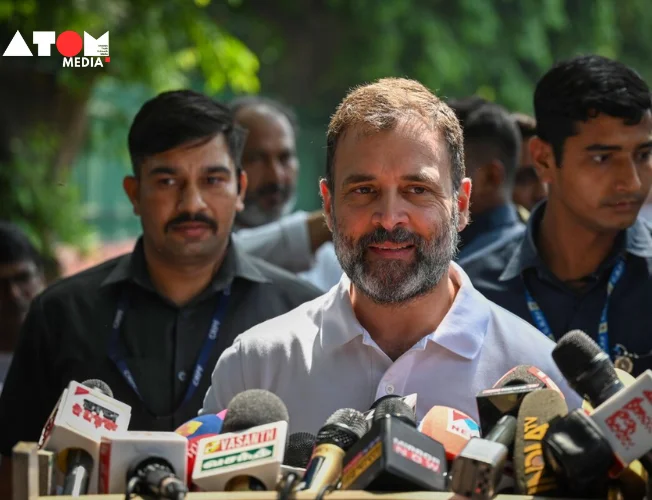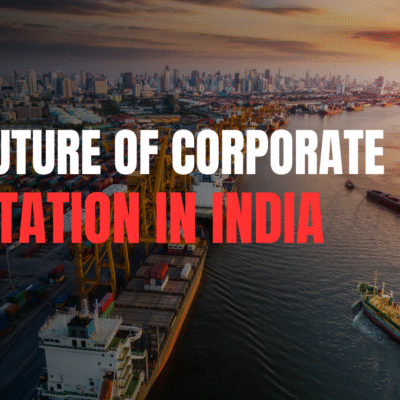Overview of India’s General Election
India is gearing up for its general election in 2024, set to be the largest democratic exercise in the world. Prime Minister Narendra Modi, seeking a third consecutive term, faces opposition from various parties challenging his leadership. The election, scheduled to take place over six weeks from April 19 to June 1, holds immense significance for the nation’s political landscape.
Parties in Contest
Prime Minister Narendra Modi’s Bharatiya Janata Party (BJP) and its allies are poised to dominate the election, according to recent opinion polls. The BJP-led National Democratic Alliance (NDA) secured a decisive victory in the 2019 election, winning 303 out of 543 seats in the Lok Sabha. The main opposition comes from a coalition of parties led by the Indian National Congress, known as the Indian National Developmental Inclusive Alliance (India). Led by Congress president Mallikarjun Kharge, this coalition aims to challenge the BJP’s stronghold.
Key Politicians and Alliances
Key figures in the opposition coalition include Congress leaders Rahul and Priyanka Gandhi, along with several regional party leaders. Despite recent challenges, such as the arrest of three leaders from the Aam Aadmi Party (AAP), the coalition remains formidable. However, internal dynamics and alliances continue to shape the electoral landscape, making it a closely contested battle.
Key Issues and Manifestos
The election revolves around critical issues such as economic growth, unemployment, welfare schemes, and minority rights. Prime Minister Modi’s government highlights India’s rising global stature, driven by economic growth and strategic partnerships. In contrast, the opposition criticizes issues like unemployment and alleged erosion of democratic freedoms. Both sides have released manifestos outlining their vision for the country’s future.
Polling Dates and Voting Process
Voting will be conducted in seven phases across different regions of India, starting from April 19 and concluding on June 1. The staggered polling enables efficient deployment of security personnel and ensures smooth conduct of elections. Electronic voting machines will be used nationwide, allowing voters to choose their preferred candidate or opt for “none of the above.”
Voter Eligibility and Representation
India boasts a vast electorate of 969 million eligible voters, comprising Indian citizens aged 18 and above. Additionally, Indian citizens residing abroad, approximately 13.4 million, have the opportunity to vote by registering and returning to India. The Lok Sabha comprises 543 elected MPs, with reserved seats for scheduled castes, scheduled tribes, and women. Each MP represents a single constituency and serves a five-year term.
Logistical Challenges and Electoral Process
The sheer size and diversity of India present logistical challenges in conducting elections. Electoral authorities ensure that every habitation has access to a polling booth, even in remote areas. The dedication of officials is evident, with instances of officials traveling long distances to collect votes from isolated voters. Despite the logistical complexities, India’s democratic process remains robust and inclusive.
Stay Informed with Atom News
For comprehensive coverage of India’s 2024 general election, stay tuned to Atom News. With detailed analysis, real-time updates, and expert insights, we provide a comprehensive overview of one of the world’s most significant democratic exercises.
Read more: Marketing News, Advertising News, PR and Finance News, Digital News





